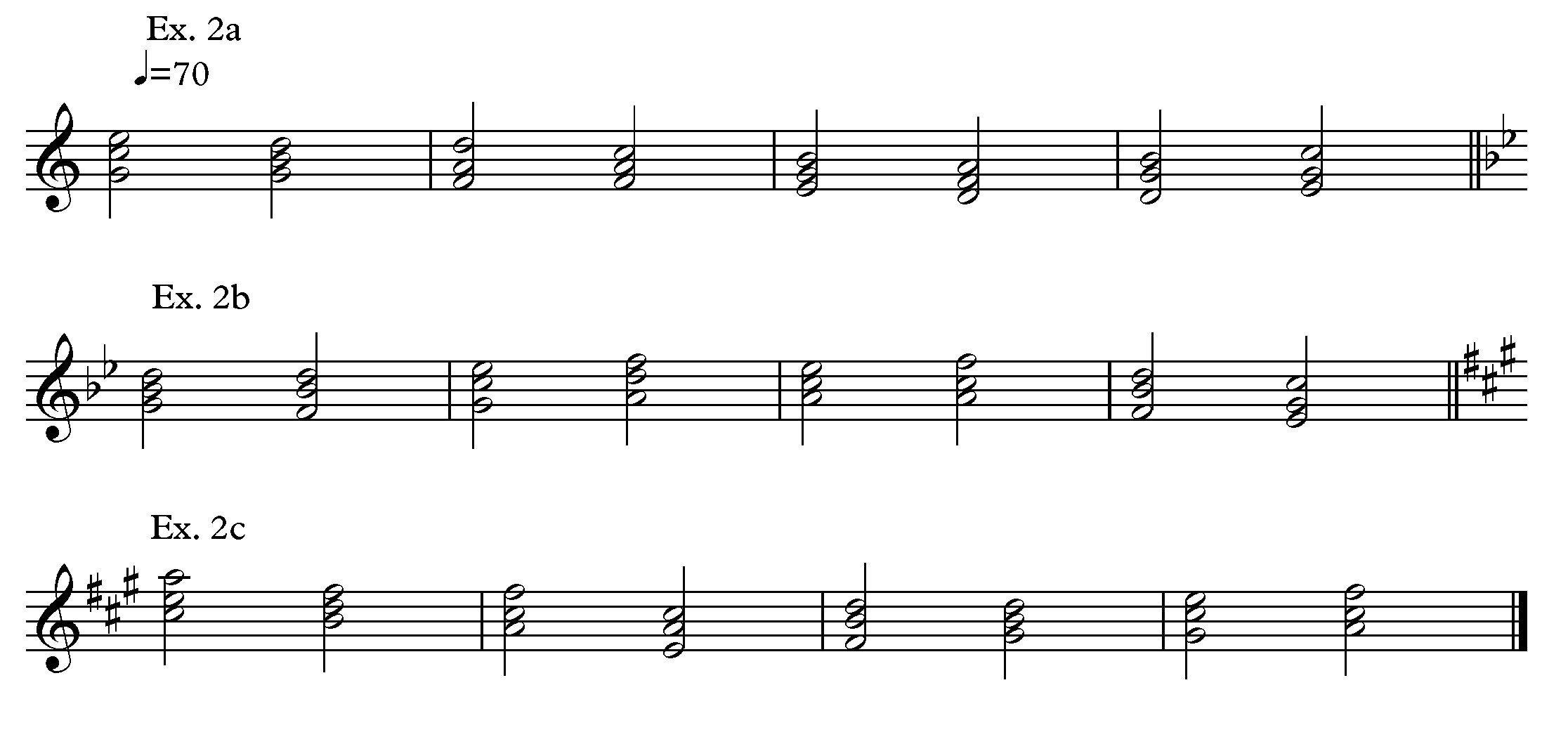Reading Notation on Guitar Part 6: Chords
By Rob Thorpe
This lesson continues our series on reading notation on guitar. In part five we took our first steps into reading two note chords on guitar. The main goal of the lesson was to learn to recognise the chord as a single entity on the page rather than having to analyse the notes separately. This basic concept is the key to reading notation, and to all aspects of music in general. We want to practice to remove as much conscious thinking as possible so that we can just act instinctively.
To progress from this will introduce a third note. Although there are more notes to deal with, most three note chords you will encounter will be triad chords. Given that there are only four different triads (major, minor, diminished and augmented) and only major and minor triads, plus one diminished triad occur in any key without the use of accidentals. This means that the options are narrowed down greatly before you get to reading notation on guitar.
An important prerequisite is being able to name and play the triads of a given key from memory in different positions. Having this important part of theory and fretboard knowledge under your fingers in advance will mean you will need to do less thinking when confronted with triads.
Figure one illustrates the order of chords in a key as a recap of basic music theory. Here the C major scale is harmonised and labelled. Practice transposing this to different keys and playing it in different positions.
Fig 1

A triad can be played in three inversions. Recognising the shape of each one on paper and where the root is will help too. Figure two shows a Ca major chord in each inversion with the root note labelled.
Reading Notation on Guitar Example 1a-c
Our first examples of triads are in a range of keys so observe the key signatures before starting and refresh the diatonic chords if necessary. All the triads are in root position so read the bottom note and then harmonise accordingly.

Reading Notation on Guitar Example 2a-c
Now we mix up the different inversions of the triads so the root note will not always be the bottom of the chord. Being fluent in the different inversions will mean you are able to change chord without making large jumps between shapes. Changing chord with as little movement is known as voice leading and is something you will notice if you explore chord playing in piano music.

I can recommend looking for Chopin’s Prelude No. 4 in Eminor. Reading the lower chordal part on guitar is a great lesson in voice leading as well as good practice for reading notation on guitar.
| Read Previous Lesson | Read Next Lesson |
“The artists you work with, and the quality of your work speaks for itself.”
Tommy Emmanuel
© Copyright Fundamental Changes Ltd 2024
No.6 The Pound, Ampney Crucis, England, GL7 5SA
